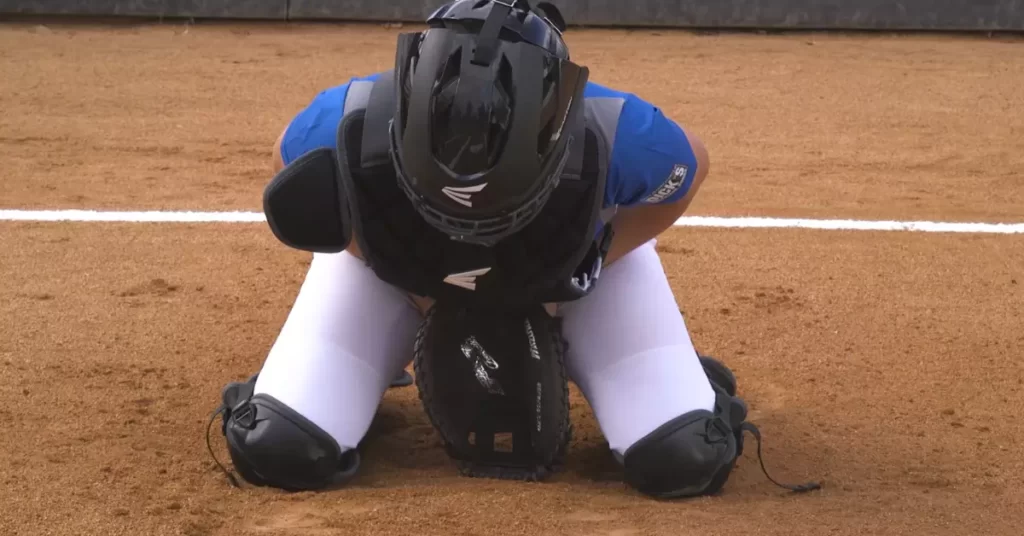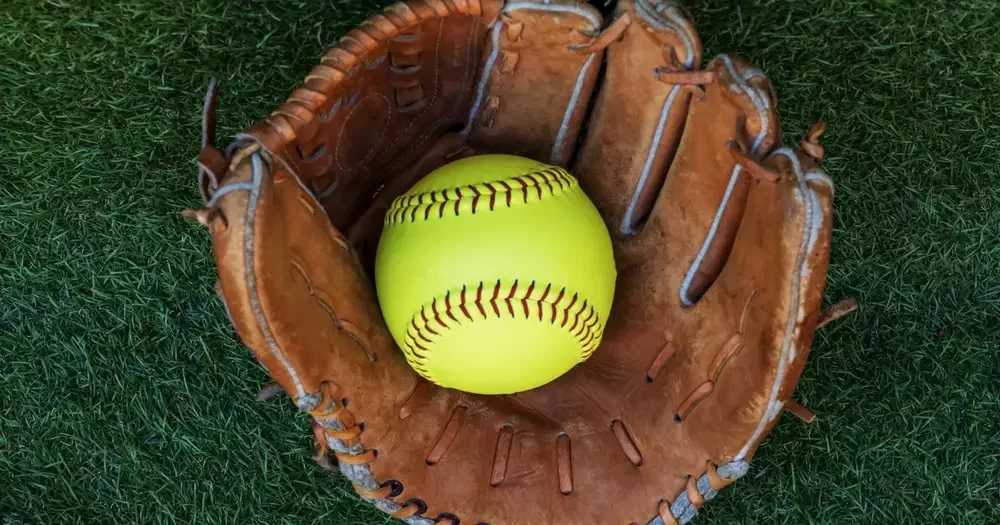Catching a softball might seem like a simple task, but it requires skill and technique. Beginners and seasoned players alike can benefit from refining their approach. The art of catching a softball is a fundamental aspect of the game and can significantly impact your performance on the field.
To catch a softball properly it requires proper hand positioning, body stance, and eye coordination. In this post, we’ll explore the steps and methods to catch a softball effectively.. By mastering these techniques, you’ll be on your way to becoming a more reliable and successful softball player.
Don’t miss out on these practical tips and tricks that will elevate your game. Unleash your full potential on the field and impress your teammates and opponents alike. Let’s dive in and improve your softball-catching prowess.
The Importance of Proper Catching Techniques
Catching a softball effectively requires a combination of proper technique, hand-eye coordination, and focus. Developing these skills is crucial for any softball player, as it can significantly impact your team’s overall success.
A well-executed catch can prevent runs from scoring, while a dropped ball may lead to costly errors and lost games.
Understanding the Different Types of Catches
There are several types of catches you may encounter during a game, each requiring specific techniques and strategies:
- Routine Fly Balls: These are high, arcing catches that require good tracking and positioning.
- Line Drives: These are fast, straight catches that demand quick reaction times and a strong grip.
- Ground Balls: These catches involve fielding a ball that has hit the ground and is rolling or bouncing towards you.
- Pop-Ups: These are high, short-distance catches that demand quick footwork and precise hand-eye coordination.

Fundamentals of Catching a Softball
Mastering the basics of catching a softball involves developing a strong foundation in the following areas:
- Grip: Your glove hand should be open and relaxed, with your thumb and pinky finger creating a “pocket” for the ball to land.
- Eye on the Ball: Keep your eyes on the ball at all times, tracking its path from the moment it leaves the bat.
- Soft Hands: Allow your hands to give slightly upon impact, cushioning the catch and preventing the ball from popping out.
Glove Selection and Proper Fit
Choosing the right glove and ensuring a proper fit are critical aspects of catching a softball effectively. The ideal glove should be snug but not overly tight, allowing for a full range of motion and easy ball retrieval. Consider the following factors when selecting a glove:
- Size: Gloves are available in various sizes, ranging from youth to adult. Choose a glove that fits comfortably and provides adequate support.
- Material: Leather gloves offer the best combination of durability, flexibility, and comfort. Synthetic materials can be more affordable but may not provide the same level of performance.
- Break-In: A new glove should be broken in to ensure optimal fit and performance. This can be done through regular use or specialized techniques
such as applying glove conditioner, playing catch, or using a mallet to soften the leather.
Body Positioning and Footwork
Proper body positioning and footwork are essential for successful catches. Follow these tips to improve your technique:
- Ready Position: Stand with your feet shoulder-width apart, knees slightly bent, and weight on the balls of your feet. This position allows for quick movements in any direction.
- Approaching the Ball: Move towards the ball using short, quick steps to maintain balance and control.
- Square Up: As the ball approaches, position your body so that your glove side is facing the ball, and your glove is in line with your line of sight.

Mastering the Two-Hand Catch
The two-hand catch is a fundamental skill in softball, as it provides extra security and allows for quicker transfers to throwing. To perform a two-hand catch, follow these steps:
- Glove Position: Present your glove with your palm facing out and fingers pointing up for fly balls or down for ground balls.
- Bare Hand Position: Place your bare hand near the edge of the glove, ready to secure the ball upon impact.
- Secure the Catch: As the ball enters the glove, quickly close your bare hand over the ball to ensure a firm grip.
Dealing with High and Low Catches
Catching high or low balls requires slight adjustments to your basic catching technique:
- High Catches: Reach up with your glove and bare hand, keeping your elbows slightly bent to absorb the impact.
- Low Catches: Bend your knees and lower your glove to the ground, using your bare hand for support and to secure the catch.
Catching Softballs on the Run
Catching balls on the run can be challenging, as it requires excellent tracking and coordination. Keep these tips in mind when attempting such catches:
- Track the Ball: Keep your eyes on the ball and anticipate its trajectory as you move.
- Adjust Your Path: As you approach the ball, adjust your path to align with its trajectory, ensuring you’re in the best position to make the catch.
- Catch and Transfer: Once you’ve secured the catch, quickly transfer the ball to your throwing hand to prepare for any necessary plays.
Developing Quick Reaction Time
Improving your reaction time is crucial for making difficult catches and reacting to unexpected plays. Some strategies to enhance your reaction time include:
- Practice: Regularly participate in drills that challenge your reaction time, such as rapid-fire catching or reaction ball exercises.
- Focus: Maintain a high level of focus during games and practices to ensure you’re ready to react at a moment’s notice.
- Anticipation: Study opposing hitters to predict where the ball may be hit and position yourself accordingly.
Effective Practice Techniques
To improve your catching skills, incorporate the following practice techniques into your training routine:
- Repetition: Engage in regular catching drills to build muscle memory and develop confidence in your abilities.
- Variety: Practice catching balls of different heights, speeds, and trajectories to prepare for various game situations.
- Simulation: Participate in game-like scenarios to develop your decision-making and situational awareness.
Frequently Asked Questions
1. How do I overcome the fear of catching a softball?
Gradually expose yourself to catching, starting with slow and controlled throws. As you gain confidence and experience, gradually increase the speed and difficulty of the catches. Wearing appropriate protective gear, such as a helmet and a face mask, can also help reduce fear.
2. How do I know when to use a two-hand catch versus a one-hand catch?
In most situations, a two-hand catch is preferred, as it provides added security and enables quicker transfers to throwing. However, a one-hand catch may be necessary when you’re unable to reach the ball with both hands, such as when fully extending for a catch or making a diving play.
3. How can I improve my hand-eye coordination for catching a softball?
Practicing catching exercises regularly is crucial for improving hand-eye coordination. You can also engage in other activities that challenge your hand-eye coordination, such as juggling, table tennis, or video games.
Final Verdict
Armed with these techniques and insights, you’re now prepared to hone your softball catching skills. Practice regularly, focusing on hand positioning, body stance, and eye coordination, and watch your game improve exponentially.
Lastly, don’t forget that learning is a continuous process. Stay open to new strategies and techniques, and always seek opportunities to grow as a player. Embrace the challenges that come your way, and you’ll find yourself thriving in the exciting world of softball.
